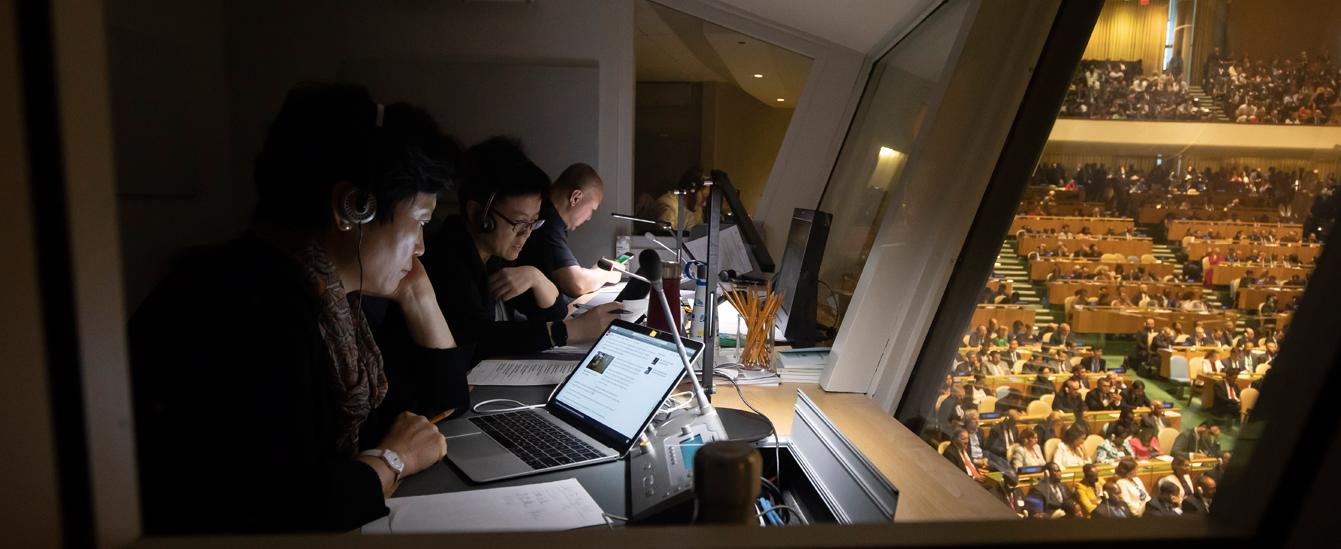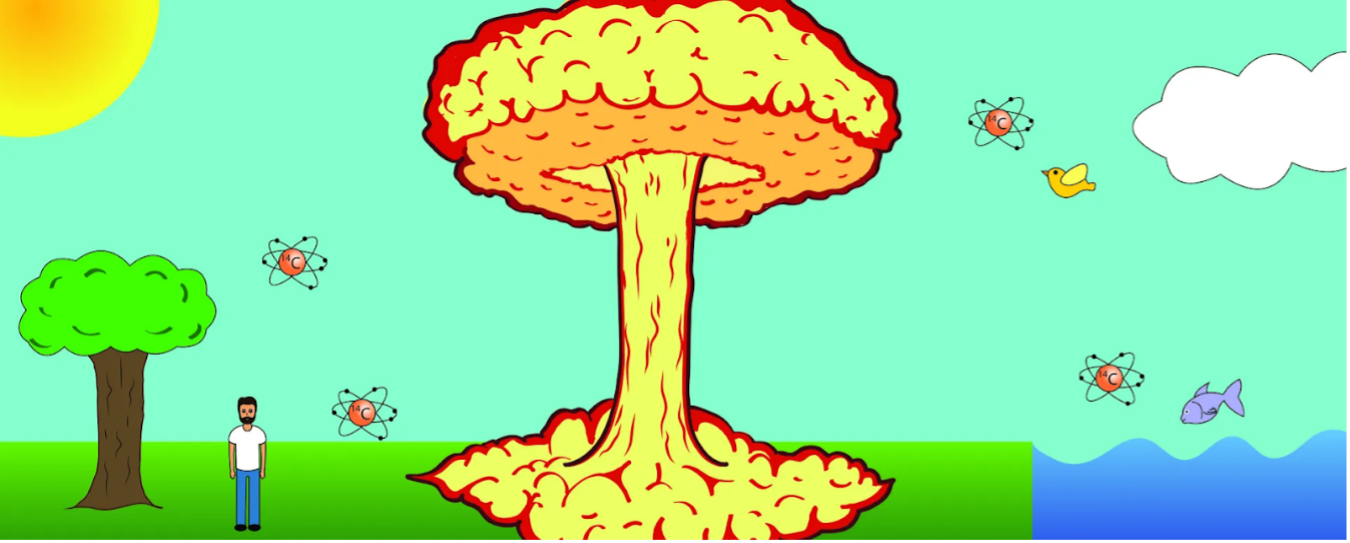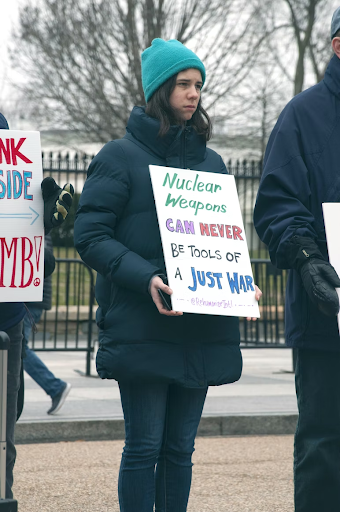Imagine you are visiting a foreign country and you have to ask for the nearest pharmacy. How would you do it? Google Translate, right? Well, now imagine you’ve been given a literature book for you to translate. What about now?
Breaking language barriers is everyday life for translators and interpreters. Translating isn’t only about making information available to all, is about giving a chance for the reader of the translated version to feel the same as the readers of the original. Struggling when certain words exist in one language but not in the other. Interpreting the heart and spirit of the original author’s words into a completely different language.
They help science develop by transferring knowledge through translation in all fields, from mathematics to chemistry, and medicine. They have an essential role in diffusing culture by translating books, movies, video games, news, and social media. Hundreds of millions of people use translations every day.
United Nations recognizes: “the practical contribution of language professionals, both in conference servicing and in the field… including in the maintenance of peace and security, peacekeeping, the promotion of human rights and operational activities for sustainable development.”
It’s believed that translation is an easy, one-to-one process. People aren’t aware of how much translators affect their lives. For instance, I believe that almost all of us, when thinking of translation, we just imagine Google Translate and not all the work that is behind it. We are used to thinking that translation is a direct equivalence between words, and therefore it can be automated by machines. But that’s not like this. Language professionals can not be replaced by technology.
So why such a complex and so demanding job, it’s hardly recognized? Professionals are ignored and underpaid. Their names don’t appear on the covers of books, and even when they do, it is in a small font and placed such that they wouldn’t stand out. According to a recent report, called Translators on the Cover, “the profession of translation for the creative and cultural sectors has become unattractive due to poor working conditions, low remuneration and precarious status, as well as a lack of recognition and visibility.”
The United Nations is one of the world's largest employers of language professionals. That makes Europe the owner of nearly half of the industry. However, economic and social measures must still be taken to improve the working conditions of language professionals. Some specialists argue that a public fund is the best option to give financial support to translators and interpreters. Literature award events should also recognize the work of these professionals, not just the authors.
As for what we can do to help in our day-to-day life, you can be part of awareness-raising campaigns. Use and like posts with hashtags like #DiscoverTranslation, #TranslatorsOnTheCover or #namethetranslator. And also, just learning about translators is already a way of recognizing their work.
Sara Sousa





